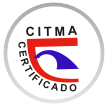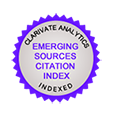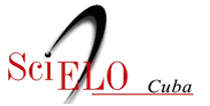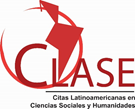Impact of centralizing databases in Ecuador with artificial intelligence-based cyber security
Keywords:
Public policy, Artificial intelligence, Cybersecurity, CybercrimeAbstract
Ecuador was the victim of several computer attacks. In 2019, the personal and financial information of seventeen million Ecuadorians was illegally obtained; in 2021, the National Telecommunications Corporation was attacked through the implementation of a computer virus called RansomEXXX, which kidnapped user information, which revealed computer insecurity and vulnerability in Ecuador. In 2022, a National Cybersecurity Strategy was formulated with specific guidelines for security in cyberspace, however, it does not provide a solution to vulnerability problems in public or private companies, generating a research problem due to the lack of public policies. That allows the centralization of a national database, protected by a cybersecurity system based on artificial intelligence, setting the objective of determining the impact of a public policy that guarantees a cybersecurity system based on AI, and that allows the detection of incidents IT and prevention of breaches of information systems. In this research, methods such as the historical-logical method were used to analyze the evolution of ICT and cybersecurity, the analytical-synthetic method to understand the role of ICT in cybercrime, and the inductive-deductive method to formulate prevention strategies. Techniques such as documentary analysis, interviews and discussion groups were used to collect data on the topics discussed, and at the end of this it was concluded that a public policy in these terms would strengthen cybersecurity and promote an environment of computer trust.
Downloads
Published
How to Cite
Issue
Section
License
Copyright (c) 2024 Editorial "Universo Sur"

This work is licensed under a Creative Commons Attribution-NonCommercial-NoDerivatives 4.0 International License.
La editorial "Universo Sur", de la Universidad de Cienfuegos, publica el contenido de la Revista "Universidad y Sociedad" bajo una Licencia Creative Commons Atribución-NoComercial-SinDerivar 4.0 Internacional.
© Podrá reproducirse, de forma parcial o total, el contenido de esta publicación, siempre que se haga de forma literal y se mencione la fuente.










